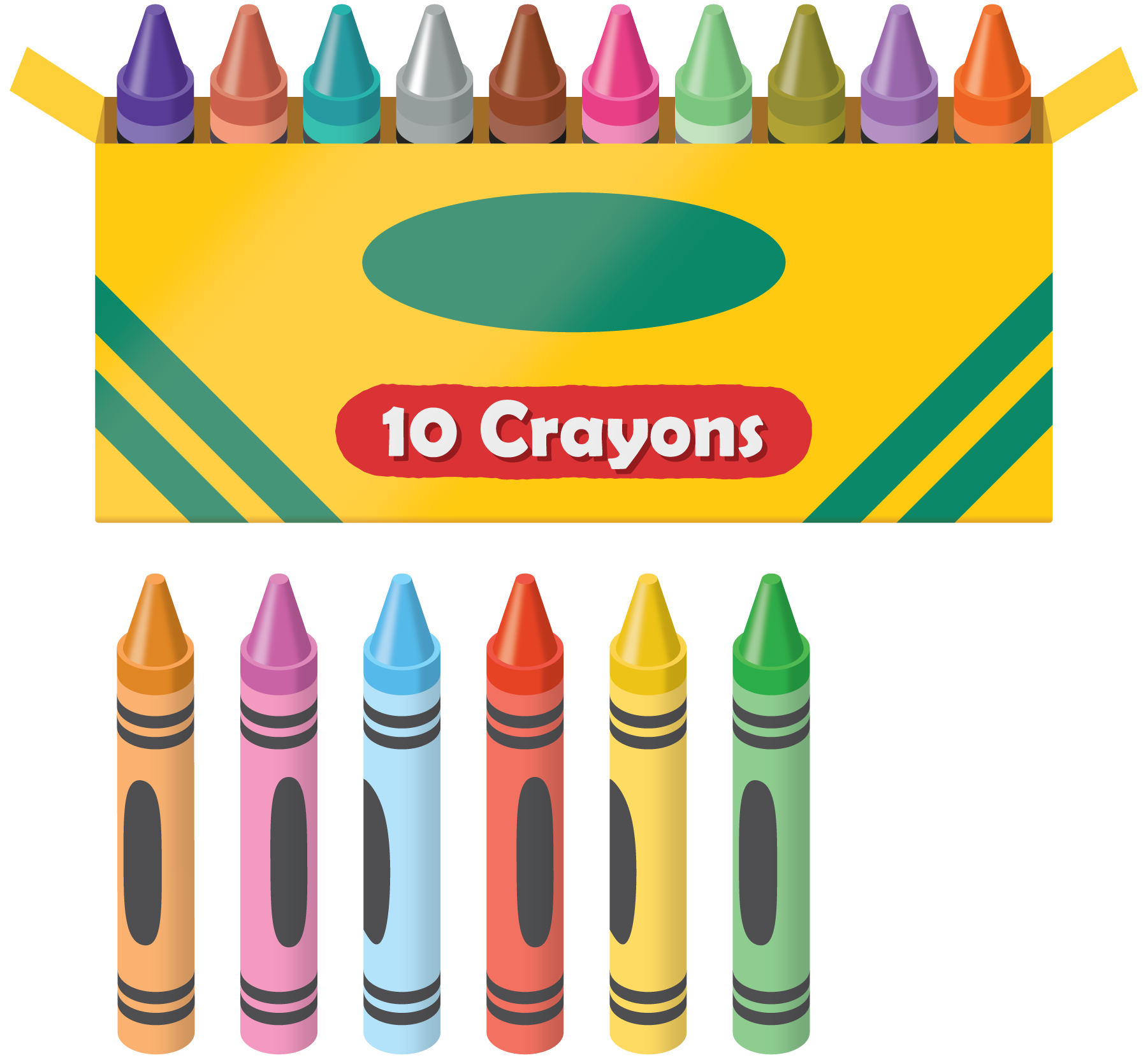Lesson 22
Subtract from Teen Numbers
Warm-up: Number Talk: Subtract from a Teen Number (10 minutes)
Narrative
The purpose of this Number Talk is to elicit strategies and understandings students have for finding the difference of two numbers. These understandings develop fluency and will be helpful later in this lesson when students subtract from teen numbers.
Launch
- Display one expression.
- “Give me a signal when you have an answer and can explain how you got it.”
- 1 minute: quiet think time
Activity
- Record answers and strategy.
- Keep expressions and work displayed.
- Repeat with each expression.
Student Facing
Find the value of each expression mentally.
- \(14 - 4\)
- \(14 - 5\)
- \(17 - 7\)
- \(17 - 9\)
Student Response
For access, consult one of our IM Certified Partners.
Activity Synthesis
- “How can you use \(14 - 4 = 10\) to find the difference in \(14 - 5\)?” (I know \(14 - 4\) is 10, so if I subtract 1 more, the answer is 9.)
- “How can you use \(17-7= 10\) to find the difference in \(17-9\)?” (\(17 - 7\) is 10, so I am subtracting 2 more in \(17 - 9\). So I can take 2 from 10 to get the answer.)
Activity 1: Subtraction Methods (20 minutes)
Narrative
The purpose of this activity is for students to solve a Take From, Result Unknown problem, which requires decomposing a ten, in a way that makes sense to them. The problem is presented with an image that encourages students to think about 16 as a ten and 6 ones. They create a poster to share how they solved the problem, and participate in a gallery walk to see how their classmates solved. As students are working, the teacher monitors for methods to analyze during the activity synthesis. As they do so, students connect addition and subtraction and see how either can be used to solve the problem (MP7).
This activity uses MLR7 Compare and Connect. Advances: representing, conversing
Required Materials
Launch
- Groups of 2
- Give students access to double 10-frames and connecting cubes or two-color counters.
Activity
- Read the task statement
- 5 minutes: partner work time
- Monitor for students who
- take away 7 from 16
- count on from 7 to 16
- take away 6 to get 10 and then subtract 1 more
- count on from 7 to 10 and then add 6 more
Student Facing

Elena has 16 crayons.
She gives 7 crayons to Diego.
How many crayons does she have left?
Show your thinking using drawings, numbers, or words.
Student Response
For access, consult one of our IM Certified Partners.
Activity Synthesis
- Give each group tools for creating a visual display.
- “Create a poster that shows your thinking about the problem. Make sure to show your thinking in a way others will understand.”
- 5 minutes: partner work time
- “As you walk around and look at the posters, think about how the work is the same and different.”
- 5 minutes: gallery walk
- “What is the same and what is different about the representations?” (They all showed 16 and 7. They used math tools to represent he problem. Some people used addition facts they knew, some counted up, some took away.)
Activity 2: Number Card Subtraction (20 minutes)
Narrative
The purpose of this activity is for students to subtract a one-digit number from a teen number. Students choose a teen number card, then choose a number card to subtract from the teen number. They write an equation to represent each round. The equations students write may involve subtraction, or addition with a missing addend. During the synthesis, students share their methods. When explaining, students have opportunities to revise their language to make their explanations more precise and clear (MP6).
Students play this game again in the next lesson with a double 10-frame, so keep the materials organized for future use.
Supports accessibility for: Memory, Organization
Required Materials
Required Preparation
- Each group of 2 needs a set of Number Cards 0–10 and a set of Number Cards 11–20 used in a previous lesson.
Launch
- Groups of 2
- Give each group a set of number cards 0–10, a set of number cards 11–20, and access to double 10-frames and connecting cubes or two-color counters.
- “We’re going to play a game to practice subtracting. To play this game you pick a teen number card. Then you pick a number card 0–9 and subtract that number from your teen number. Write an equation to show the difference.”
- “At the end of the game, you are going to pick one turn and show how you found the difference.”
Activity
- 10 minutes: partner work time
- Monitor for students who:
- take away
- count on
- take away to get to 10, then take away some more
- “On your own, pick your favorite round. Show how you found the value of the difference using drawings, numbers, or words.”
- 3 minutes: independent work time
Student Facing
- Choose a teen number card.
- Choose a number card to subtract.
- Find the difference.
- Write an equation.
Pick your favorite equation.
Show how you found the value of the difference using drawings, numbers, or words.
Student Response
For access, consult one of our IM Certified Partners.
Activity Synthesis
- Invite previously identified students to share.
- “What method did you see today that you would like to try?”
Lesson Synthesis
Lesson Synthesis
Show 14 on the double 10-frame and the number card 6.
“Today we subtracted from teen numbers. How can you find the difference between 14 and 6?”
Cool-down: Unit 3, Section D Checkpoint (0 minutes)
Cool-Down
For access, consult one of our IM Certified Partners.